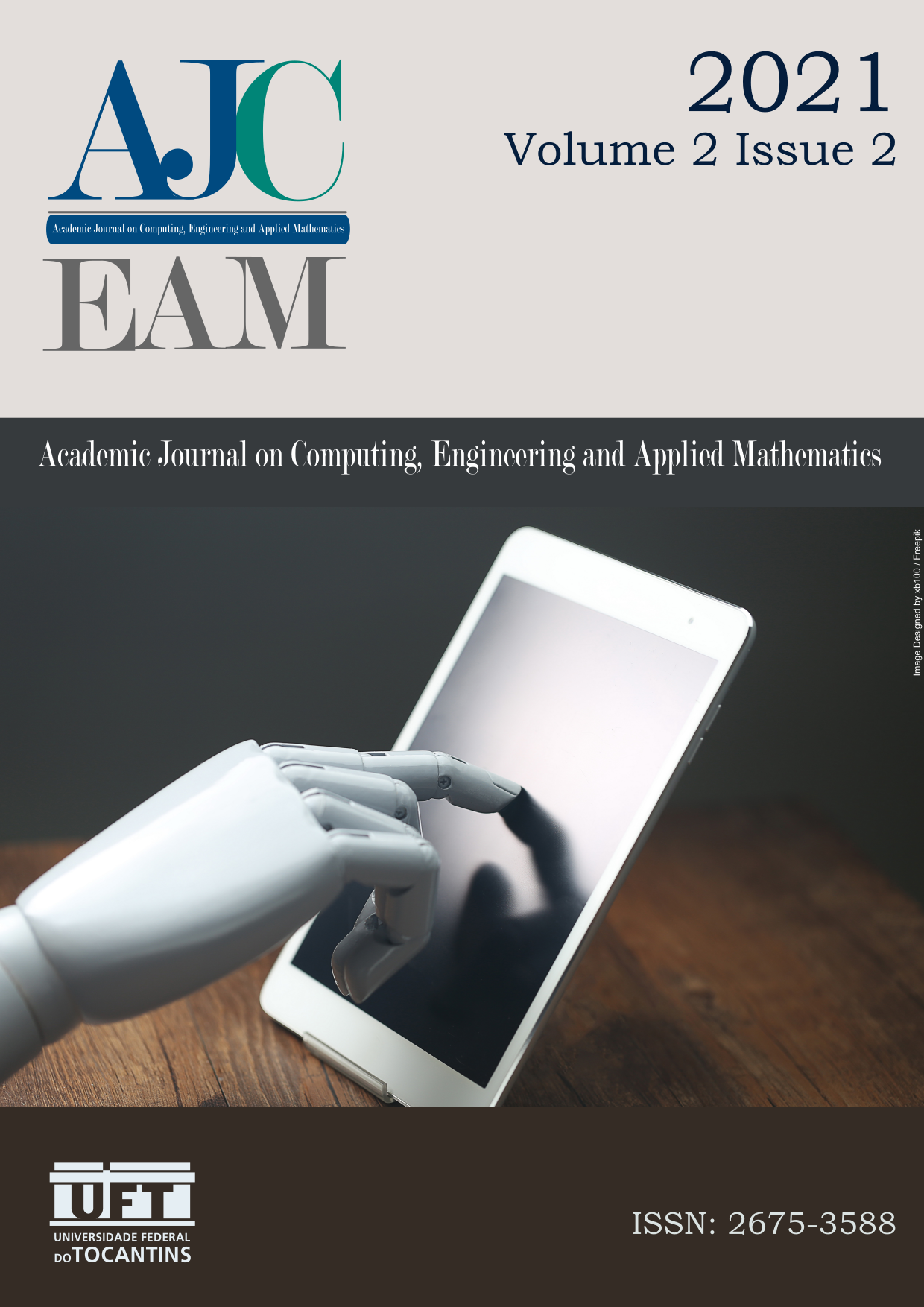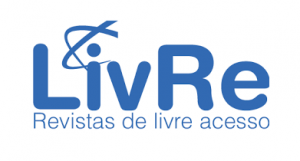Using Latent Semantic Indexing as a metric for evaluating research potentialities through Innovation Public Policies
DOI:
https://doi.org/10.20873/uft.2675-3588.2021.v2n2.p10-15Keywords:
Latent Semantic Analysis, Science and Technology, Research and Innovation PoliciesAbstract
Public innovation policies usually define strategies for Public research organizations, such as universities, in order to guide the next research projects of such organizations. Sometimes, it is difficult to know the actual state of an organization when a new policy is released by the government. The objective of this paper is to present the application of Latent Semantic Analysis, a technique of information retrieval, in order to create an index and automatically classify research projects, using text fields like title and abstract, to areas and subareas defined by related terms. It is also proposed a case study of about 200 projects from five graduate programs of the Universidade Federal do Tocantins. The proposed solution was capable of satisfactorily classify each project to the areas and subareas of a recent policy from the Science, Technology, Innovations, and Communications Ministry. In this way, the university could have some decision-making information, and the results could sustain for which internal policies could be implemented to maximize its actuation faced to the national innovation policy.
Downloads
Published
How to Cite
License
Copyright (c) 2021 Renan Oliveira Silva, Rafael

This work is licensed under a Creative Commons Attribution-NonCommercial 4.0 International License.
Authors who publish in this journal agree to the following terms:
- Authors retain copyright and grant the journal the right of first publication, with work simultaneously licensed under the Creative Commons Attribution License (CC BY-NC 4.0), allowing work sharing with acknowledgment of the work's authorship and initial publication in this journal. ;
- Authors are authorized to enter additional contracts separately for the non-exclusive distribution of the version of the work published in this journal (eg, publishing in an institutional repository or as a book chapter), with acknowledgment of authorship and initial publication in this journal;
- Authors are allowed and encouraged to post and distribute their work online (eg, in institutional repositories or on their personal page) at any point after the editorial process;
- In addition, the AUTHOR is informed and agrees with the journal that, therefore, his paper may be incorporated by the AJCEAM into existing or existing scientific information systems and databases (indexers and databases). in the future (indexers and future databases), under the conditions defined by the latter at all times, which will involve at least the possibility that the holders of these databases may perform the following actions on the paper:
- Reproduce, transmit and distribute the paper in whole or in part in any form or means of existing or future electronic transmission, including electronic transmission for research, viewing and printing purposes;
- Reproduce and distribute all or part of the article in print;
- Translate certain parts of the paper;
- Extract figures, tables, illustrations, and other graphic objects and capture metadata, captions, and related article for research, visualization, and printing purposes;
- Transmission, distribution, and reproduction by agents or authorized by the owners of database distributors;
- The preparation of bibliographic citations, summaries and indexes and related capture references from selected parts of the paper;
- Scan and/or store electronic article images and text.



